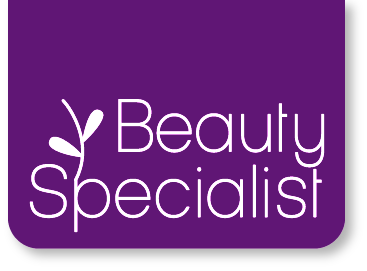Rhinoplasty is one of the most common types of plastic surgery. For many people, there may be different reasons for considering rhinoplasty. It may be preferred to repair damage to the nose after an injury, correct congenital defects or eliminate respiratory problems. In contrast to non-surgical nose operations, rhinoplasty offers much more effective and permanent solutions.
What is Nose Aesthetics?
Nose Aesthetics, also known as rhinoplasty, is one of the most frequently performed aesthetic surgeries in plastic surgery. The motivation in rhinoplasty can be to change the appearance of the nose or to facilitate breathing, or it can be a combination of both. Pre-designed changes are made on the nose by changing the nasal bone or cartilage with surgery.
With rhinoplasty, many different changes can be made about the nose. Changes can be made in the size or angle of the nose, as well as reshaping the tip of the nose or narrowing the nostrils. The aim of rhinoplasty operations is to eliminate the unwanted appearences by considering the facial harmony and nose proportion.
Who Can Have Nose Aesthetics?
If the purpose of performing rhinoplasty is to change the appearance rather than health problems, the patient is expected to have reached the adult level. It is very important for the nasal bone to grow completely and reach its adult size. This is usually the period of 15-16 years for women. Rhinoplasty may be more suitable for male patients about 1 year later than for women.
How Should Nose Aesthetics Planning Be Done?
First of all, patients should meet with a surgeon to understand whether they are a suitable candidate for rhinoplasty and to discuss how to make a change. The patient should clearly explain to the surgeon why he or she wants the surgery, what is bothering him about his nose, and how he wants to make a change. Thus, it will be easier to determine the targets at the very beginning and to apply a suitable procedure.
The surgeon will examine the internal and external structure of the nose and evaluate it together with facial features to determine the desired changes. After these evaluations, he/she will be able to comment on whether the patient’s expectations are realistic or not. At the same time, the surgeon may ask questions about the patient’s medical history and some medications, taking into account the patient’s health status.
At the end of all evaluations, the patient should be sure that he understands what kind of process awaits him and the cost of the surgery. The risks of the surgery, the recovery process after the surgery and the prices of rhinoplasty should be discussed very clearly, and a decision should be made accordingly.





